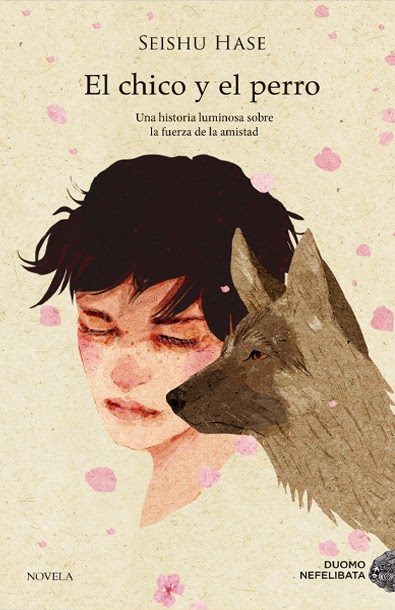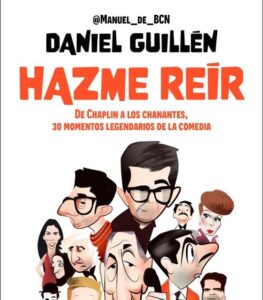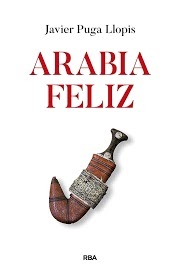
Original language: japanese
Original title: Shonen to inu (boy and dog)
Translation: Javier Alvarez
Year of publication: 1939
Valuation: Okay, but disappointing
Although Japanese literature is a very closed circle, Japan has a fairly broad literary landscape. It is one of the countries with the most new publications in the world, even though it is the only one where Japanese is spoken. There is a wide range of new publications, specialized magazines, universities of literature and, as icing on the cake, a large number of literary awards. Within the latter, there are two that share great prestige: the Akutagawa award and the Naoki. The first is awarded to new writers (more or less young, mostly), and the second is aimed at already well-established writers. The latter has ended up in the hands of established writers such as Keigo Higashino, Mitsuyo Kakuta, Natsuo Kirino, Miyuki Miyabe, etc. Seishu Hase won the Naoki Prize in 2020 with a novel that, in my opinion, falls short.
The title of the book is no mystery. It’s about a dog in search of its owner. After the catastrophe caused by the earthquake and tsunami on the northeast coast of Japan (remembered by everyone for the damage to the Fukushima nuclear power plant), many families were disintegrated, with their members scattered, missing or dead. One of those affected is the dog Tamón, who, attracted by an almost paranormal force, travels practically half of the Japanese territory in search of his owner, a boy whose family had to flee from the nuclear debacle. This is where the story becomes increasingly implausible. On his journey, he meets people who will be his temporary owners, until the dog decides to restart his search. All of them, when they meet the dog, find themselves at some existential crossroads, and the dog, like a guardian angel, helps them get out of the rut. Obviously, the book has a happy ending.
Among the book’s strong points is its ease of reading. It’s entertaining. It is divided, like a television series, into semi-conclusive chapters that make the book very bearable. It is a light and comforting novel.
Bad. To begin with, I find it very manipulative. The author uses all the weapons necessary to bring easy tears to the reader: the nuclear disaster, the evictions, the lonely dogs, the emotional encounters, etc. On the other hand, as I mentioned before, the implausibility of the book reaches such a degree that at times it seems like a children’s story, which would not be bad if that were the objective, but it is sold as an emotional, heartbreaking and inspiring novel.
If it weren’t for the depth of the Fukushima disaster, I don’t know if this book would have attracted such attention.
Source: https://unlibroaldia.blogspot.com/2024/11/seishu-hase-el-chico-y-el-perro.html


